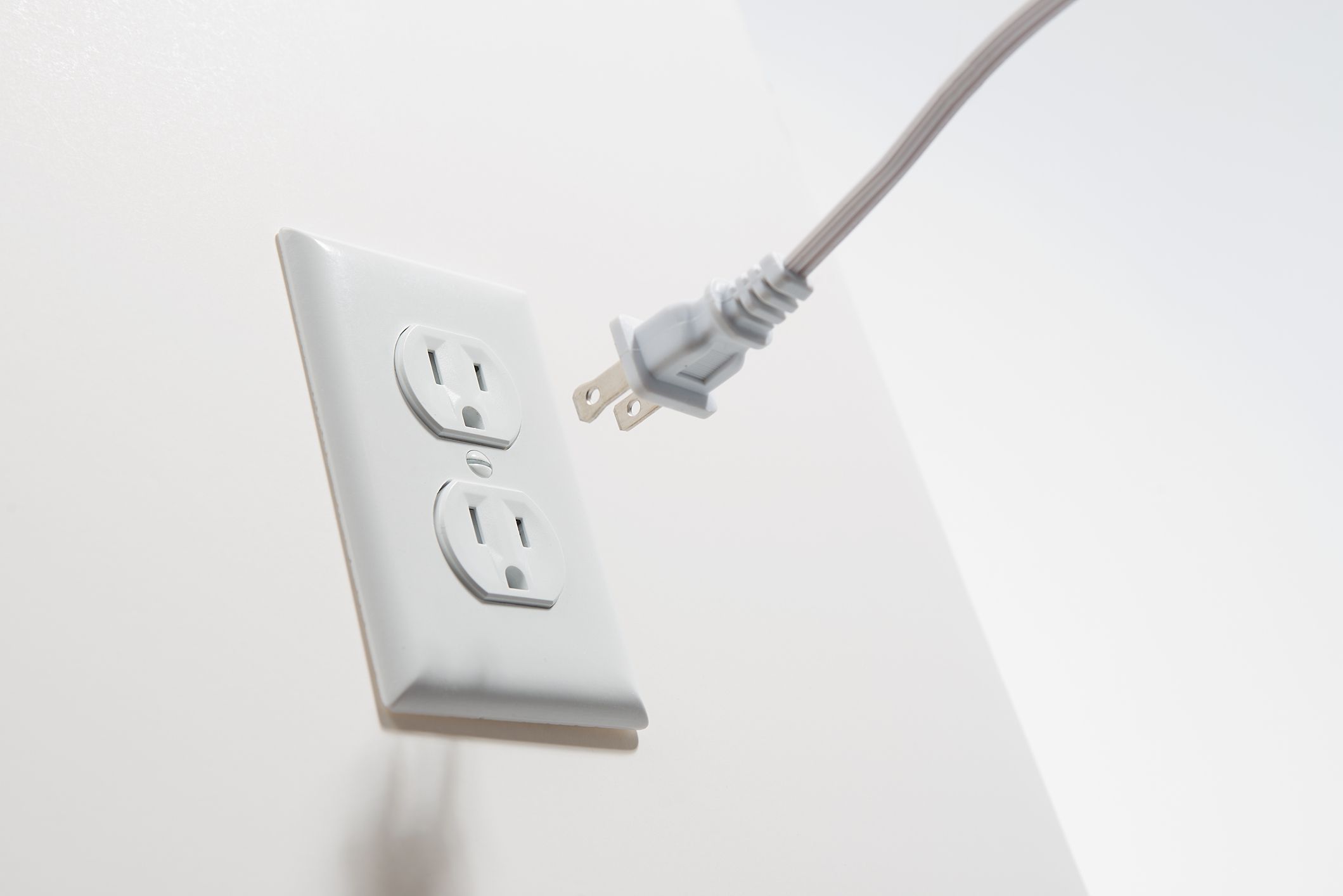

Articles
What Is Polarized Extension Cord
Modified: February 22, 2024
Discover the benefits of polarized extension cords and learn about their uses in our informative articles.
(Many of the links in this article redirect to a specific reviewed product. Your purchase of these products through affiliate links helps to generate commission for Storables.com, at no extra cost. Learn more)
Introduction
Polarized extension cords are an essential tool in our modern lives, providing a convenient way to connect and power various electrical devices and appliances. These cords play a crucial role in ensuring the safe and efficient distribution of electricity. But what exactly is a polarized extension cord, and why is it important?
A polarized extension cord is a type of power extension cord that is specifically designed to reduce the risk of electrical hazards. Unlike regular extension cords, which have identically sized prongs on both ends, a polarized extension cord has one prong that is wider than the other. This design allows the cord to be plugged into outlets with specific configurations, ensuring that the electrical connection is made properly.
The main purpose of a polarized extension cord is to maintain electrical safety. By utilizing prongs of different widths, these cords ensure that the hot and neutral wires are connected correctly. This prevents potential hazards such as electrical shocks or short circuits, as the polarized cord ensures that the electricity flows in the intended direction.
In this article, we will delve deeper into the world of polarized extension cords, exploring their functionality, advantages, safety considerations, and common applications. Whether you’re a homeowner, office worker, or anyone who regularly uses electrical devices, understanding the importance and benefits of using a polarized extension cord can greatly enhance electrical safety and overall peace of mind.
Key Takeaways:
- Polarized extension cords are designed to enhance electrical safety by ensuring the correct orientation of the electrical connection, reducing the risk of shocks, short circuits, and equipment damage.
- When choosing a polarized extension cord, consider factors such as cord length, wire gauge, power capacity, durability, safety certifications, and outlet compatibility to ensure a safe and efficient power connection.
Definition of a Polarized Extension Cord
A polarized extension cord is a type of electrical power cord that has two prongs, with one prong wider than the other. This design allows the cord to be plugged into polarized outlets, which have corresponding slots of different sizes to match the prongs. The purpose of this design is to ensure that the electrical connection is made in the correct orientation, reducing the risks of electrical hazards.
The wider prong in a polarized extension cord is known as the neutral prong, while the narrower prong is called the hot prong. The neutral prong is connected to the neutral wire, which carries the return current from the electrical device back to the power source. The hot prong, on the other hand, is connected to the hot wire, which carries the current from the power source to the electrical device.
By having different-sized prongs, a polarized extension cord allows the connection to be made in a specific way. The wider neutral prong can only be plugged into the corresponding neutral slot in a polarized outlet, while the narrower hot prong can only be plugged into the hot slot. This ensures that the electrical flow is maintained in the intended direction, reducing the risks of electrical shocks, short circuits, and other hazards.
It’s important to note that not all outlets are polarized. Older buildings or homes may still have non-polarized outlets, which do not have different-sized slots to accommodate polarized plugs. However, many modern buildings and electrical appliances are designed to work with polarized cords and outlets for enhanced safety.
In summary, a polarized extension cord is a specialized power cord that has one prong wider than the other. This design allows for a secure and correct electrical connection, ensuring that the flow of electricity is maintained in the proper direction. By using a polarized extension cord, you can reduce the risks of electrical hazards and enhance the safety of your electrical devices and appliances.
Purpose of a Polarized Extension Cord
The main purpose of a polarized extension cord is to enhance electrical safety by ensuring the proper orientation of the electrical connection. By having one prong wider than the other, the cord can only be plugged into polarized outlets in a specific way. This serves several important purposes:
Preventing Electrical Shocks: One of the primary purposes of a polarized extension cord is to reduce the risk of electrical shocks. The polarized design ensures that the hot and neutral wires are correctly connected to the corresponding slots in the outlet. This prevents the possibility of accidental contact with an exposed hot wire, which could lead to electric shocks.
Avoiding Short Circuits: Another important purpose of a polarized extension cord is to prevent short circuits. By maintaining the proper electrical flow in the intended direction, the cord reduces the chances of a short circuit occurring. Short circuits can cause electrical appliances to malfunction, damage the wiring, or even result in electrical fires. The polarized design helps minimize these risks.
Protecting Electrical Devices: Polarized extension cords also play a role in protecting the electrical devices and appliances that are connected to them. When the electrical connection is made correctly, the devices receive the intended electrical current without any fluctuations or interferences. This helps maintain the longevity and efficiency of the devices, preventing potential damage due to incorrect power supply.
Ensuring Compatibility: Polarized extension cords are designed to be compatible with modern polarized outlets. Many electrical devices and appliances are also designed to work with polarized cords. By using a polarized extension cord, you ensure that the cord and the device are compatible and can be safely connected.
Compliance with Electrical Codes: In many jurisdictions, polarized extension cords are required to meet electrical codes and regulations. Using a polarized cord not only ensures compliance but also demonstrates your commitment to electrical safety and responsible electrical practices.
Overall, the purpose of a polarized extension cord is to prioritize electrical safety by ensuring the correct orientation of the electrical connection. By reducing the risks of electrical shocks, short circuits, and damage to electrical devices, polarized extension cords play a vital role in creating a safer electrical environment.
How a Polarized Extension Cord Works
A polarized extension cord works by utilizing a design that ensures the correct orientation of the electrical connection. The key element of a polarized cord is the difference in size between the prongs. The wider prong is called the neutral prong, while the narrower prong is known as the hot prong.
When plugging a polarized extension cord into a polarized outlet, the wider neutral prong is inserted into the corresponding neutral slot of the outlet. The neutral slot is connected to the neutral wire, which carries the return current from the electrical device back to the power source. By connecting the neutral prong to the neutral slot, the electrical flow is completed in the intended direction.
Conversely, the narrower hot prong is inserted into the hot slot of the polarized outlet. The hot slot is connected to the hot wire, which carries the current from the power source to the electrical device. By connecting the hot prong to the hot slot, the electrical current is delivered to the device in the correct direction.
This design ensures that the electrical connection is made properly, minimizing the risk of electrical hazards. By maintaining the correct flow of electricity, a polarized extension cord helps prevent electrical shocks, short circuits, and other potential dangers.
It’s worth noting that not all outlets are polarized. Older buildings or homes may still have non-polarized outlets, which have identical slots for the prongs. In such cases, a polarized extension cord can still be used, but it won’t provide the added safety benefits that come with plugging into a polarized outlet.
Additionally, some electrical devices and appliances may not have polarized plugs or may have devices that can be inserted into outlets in either orientation. In these cases, using a polarized extension cord may still offer some safety advantages, even if the device itself is not polarized.
In summary, a polarized extension cord works by ensuring the correct orientation of the electrical connection through the use of different-sized prongs. By plugging the wider neutral prong into the neutral slot and the narrower hot prong into the hot slot of a polarized outlet, the cord facilitates the proper flow of electricity, reducing the risks of electrical hazards.
Advantages and Benefits of Using a Polarized Extension Cord
Using a polarized extension cord offers several advantages and benefits, primarily focused on enhancing electrical safety and providing compatibility. Here are some of the key advantages:
1. Enhanced Electrical Safety: One of the primary advantages of using a polarized extension cord is the improved electrical safety it provides. By ensuring the correct orientation of the electrical connection, the cord reduces the risk of electrical shocks and short circuits. This is especially crucial in homes, offices, and other environments where multiple electrical devices are used simultaneously.
2. Proper Power Distribution: A polarized extension cord helps in the proper distribution of electricity to electrical devices and appliances. By maintaining the intended flow of electrical current, it ensures that devices receive the appropriate power supply without fluctuations or interferences. This helps prevent potential damage to sensitive equipment and ensures optimal performance.
3. Compatibility with Polarized Outlets: Many modern buildings and electrical outlets are designed to accommodate polarized plugs. By using a polarized extension cord, you can take advantage of these outlets and ensure a secure and correct connection. This compatibility helps promote electrical safety and reduces the risk of using non-polarized cords that may not fit properly into polarized outlets.
4. Compliance with Electrical Codes and Regulations: In many jurisdictions, polarized extension cords are required to meet electrical codes and regulations. Using a polarized cord ensures compliance and demonstrates your commitment to electrical safety and adherence to industry standards.
5. Prevention of Equipment Damage: By using a polarized extension cord, you can help prevent potential damage to electrical equipment. The correct electrical flow provided by the polarized connection helps protect devices from power surges and irregularities that may occur with non-polarized cords. This can ultimately extend the lifespan of your equipment and save you from costly repairs or replacements.
6. Simplified Troubleshooting: In the event of an electrical issue, having a polarized extension cord can simplify troubleshooting. Since the correct orientation of the electrical connection is maintained, it becomes easier to identify and diagnose any potential problems. This can save time and effort when addressing electrical issues.
Overall, using a polarized extension cord offers significant advantages in terms of electrical safety, compatibility, and equipment protection. By investing in a polarized cord, you can enjoy peace of mind knowing that your electrical devices are properly connected and powered, reducing the risk of hazards and ensuring optimal performance.
When using a polarized extension cord, make sure to insert the larger prong into the larger slot of the outlet to ensure proper grounding and reduce the risk of electrical shock.
Read more: What Gauge Is An Extension Cord
Safety Considerations with Polarized Extension Cords
While polarized extension cords are designed to enhance electrical safety, it is important to observe certain safety considerations when using them. By following these guidelines, you can maximize the safety benefits and prevent potential hazards. Here are some key safety considerations to keep in mind:
1. Proper Outlet Usage: Only use polarized extension cords with polarized outlets. Avoid using them with non-polarized outlets, as they may not have the corresponding slot sizes to accommodate the different prong widths. This prevents the risk of improper connections and potential electrical hazards.
2. Regular Inspection: Before each use, inspect the polarized extension cord for any signs of damage, such as frayed wires, cracks, or exposed internal components. If any damage is detected, do not use the cord and replace it to ensure safe operation. Regular inspections help identify potential risks and prevent accidents.
3. Correct Size and Capacity: Ensure that the polarized extension cord you use is appropriate for the power requirements of your devices and appliances. Using a cord with a higher capacity than needed can lead to overheating and potential fire hazards. Refer to the cord’s specifications, and avoid overloading it with excessive power demand.
4. Avoid Excessive Extension: Do not excessively extend the polarized extension cord by connecting multiple cords together. Doing so can reduce the cord’s conductivity, resulting in voltage drops, overheating, and potential hazards. Use the appropriate length of cord to reach your intended power source without the need for excessive extension.
5. Proper Placement: Avoid placing polarized extension cords in high-traffic areas where they can be tripped over or damaged. Ensure that cords are securely positioned and not stretched across walkways or under carpets, as this can lead to damage and pose a safety risk. Pay attention to the placement of cords to minimize the likelihood of accidents.
6. Unplug When Not in Use: When devices and appliances are not in use, unplug them from polarized extension cords. This helps prevent the risk of overheating, electrical surges, or potential damage to the devices. Unplugging cords when not in use also conserves energy and reduces standby power consumption.
7. Proper Storage: When not in use, store polarized extension cords in a cool, dry place away from moisture, heat sources, and sharp objects. Proper storage helps prevent damage to the cords and ensures their longevity. Avoid tightly coiling cords as this can cause internal wire damage.
By taking these safety considerations into account, you can ensure the safe and efficient use of polarized extension cords. Remember to prioritize electrical safety, inspect cords regularly for any signs of damage, and use them according to their intended capacity and purpose. Taking these precautions will minimize the risk of accidents and ensure a secure electrical environment.
Common Applications and Uses of Polarized Extension Cords
Polarized extension cords have a wide range of applications and uses in various settings, both residential and commercial. Their versatility and enhanced safety features make them indispensable in many situations. Here are some common applications and uses of polarized extension cords:
1. Home Appliances: Polarized extension cords are commonly used for connecting and powering home appliances such as refrigerators, washing machines, dryers, microwaves, and air conditioners. These cords ensure a secure and proper electrical connection, allowing the appliances to function safely and efficiently.
2. Audio and Visual Equipment: For audio and visual setups, polarized extension cords are often used to power devices such as televisions, speakers, DVD players, game consoles, and home theater systems. The polarized connection helps provide reliable power to these devices, minimizing the risk of electrical interference or faults.
3. Computer Systems: Computers, laptops, monitors, printers, and other computer peripherals often require a stable and secure power supply. Polarized extension cords offer a reliable connection for powering these devices, maintaining proper functionality and preventing potential damage.
4. Office Equipment: In office settings, polarized extension cords are used to connect and power a variety of equipment, including desktop computers, printers, scanners, projectors, and office lighting. The use of polarized cords ensures electrical safety and compatibility within the workplace.
5. Lighting Solutions: Polarized extension cords are frequently employed for indoor and outdoor lighting setups. Whether it’s decorative lighting during holidays, task lighting in workshops, or landscape lighting in gardens, these cords provide a safe and efficient power source for various lighting applications.
6. Entertainment and Events: Polarized extension cords play a significant role in entertainment venues, event setups, and tradeshow booths. They are used to power audio systems, lighting fixtures, displays, and other equipment required for concerts, presentations, exhibitions, and conferences.
7. DIY Projects and Workshops: For DIY enthusiasts and workshops, polarized extension cords are essential for powering tools such as drills, saws, sanders, and other electrical equipment. The polarized connection ensures a stable power supply, reducing the risk of electrical accidents and maximizing safety.
8. Hospitality and Hospitality Sector: Hotels, restaurants, and other hospitality establishments rely on polarized extension cords to power guestrooms, event spaces, kitchens, and common areas. These cords facilitate the safe operation of various appliances, including room electronics, kitchen equipment, and lighting fixtures.
9. Outdoor Activities and Recreation: Polarized extension cords are also handy for outdoor activities such as camping, tailgating, and backyard gatherings. They enable the safe use of portable appliances, fans, lighting, and other electrical devices in outdoor environments.
10. Temporary Installations: Polarized extension cords are frequently used for temporary installations, such as construction sites, renovation projects, and temporary booths at fairs or festivals. They provide a reliable power supply for various equipment and tools during these temporary setups.
These are just a few examples of the many applications and uses of polarized extension cords. Their versatility, enhanced safety features, and compatibility with polarized outlets make them an essential tool in numerous situations, ensuring electrical safety and reliable power supply for a wide range of devices and appliances.
Choosing and Buying a Polarized Extension Cord
When it comes to choosing and buying a polarized extension cord, there are several factors to consider to ensure that you select the right cord for your specific needs. Here are some important considerations to keep in mind:
1. Cord Length: Determine the required length of the cord based on your intended usage. Measure the distance between the power source and the device/appliance you want to connect. Choose a cord that provides enough length without excessive extension, as this can lead to voltage drops and potential hazards.
2. Wire Gauge: Pay attention to the wire gauge of the cord, which determines its current carrying capacity. You want to choose a cord with an appropriate wire gauge that matches the power requirements of your devices and appliances. Lower gauge numbers indicate thicker wires and higher current carrying capacity.
3. Power Capacity: Consider the maximum power rating or capacity of the cord in terms of watts or amps. Ensure that the cord can handle the power load of the devices you plan to connect. Overloading the cord with excessive power demand can lead to overheating, damage, and potential safety hazards.
4. Durability and Quality: Look for a polarized extension cord that is made of high-quality materials and construction. It should be durable and capable of withstanding regular use. Check for features such as reinforced insulation, sturdy plugs, and strain relief to ensure longevity and reliable performance.
5. Safety Certifications: Opt for polarized extension cords that have been tested and certified by recognized safety organizations. Look for certifications such as UL (Underwriters Laboratories) marking, which indicates that the cord has undergone rigorous safety testing and meets relevant safety standards.
6. Outlet Compatibility: Ensure that the cord is compatible with the type of polarized outlets you have in your building or home. Check the plug configuration and size to ensure a proper fit. Some cords may also offer compatibility with both polarized and non-polarized outlets, providing added versatility.
7. Additional Features: Consider any additional features that might be beneficial for your specific needs. This could include features like built-in surge protection, indicator lights, or locking mechanisms. These features can add extra convenience and safety to your electrical setup.
8. Customer Reviews and Ratings: Take the time to read customer reviews and ratings of different brands and models of polarized extension cords. This can provide valuable insights into the performance, quality, and durability of the cords, helping you make an informed decision.
9. Price and Warranty: Compare prices from different brands and models to find the best value for your budget. Also, consider the warranty offered by the manufacturer, as it reflects their confidence in the product’s quality and may provide added peace of mind.
By considering these factors, you can choose and buy a polarized extension cord that meets your specific requirements, ensuring a safe and efficient power connection for your devices and appliances. Prioritize safety, quality, and compatibility to make an informed purchase decision that will serve you well in the long run.
Conclusion
Polarized extension cords are an essential component of our modern electrical setups, providing enhanced safety and convenience. By ensuring the correct orientation of the electrical connection, these cords reduce the risk of electrical shocks, short circuits, and other potential hazards, promoting a safer environment for the use of electrical devices and appliances.
In this article, we have explored the definition of a polarized extension cord, its purpose, how it works, and the advantages and benefits it offers. We have also discussed important safety considerations when using polarized extension cords, as well as common applications and uses in various settings.
Choosing and buying a polarized extension cord should involve careful consideration of factors such as cord length, wire gauge, power capacity, durability, safety certifications, and outlet compatibility. By selecting the right cord for your specific needs and ensuring its proper usage, you can maximize electrical safety and enjoy the benefits of a reliable power connection.
Whether you are using polarized extension cords in your home, office, or various recreational activities, it is crucial to prioritize safety and follow best practices. Regularly inspecting cords for damage, using them with the correct outlet configurations, and following manufacturer guidelines will help maintain their effectiveness and durability.
Ultimately, by incorporating polarized extension cords into our electrical setups, we can protect ourselves, our devices, and our environments from potential electrical hazards. These cords provide peace of mind, knowing that our electrical connections are secure, efficient, and optimized for safe performance.
So, next time you need to connect your appliances, devices, or tools to a power source, consider using a polarized extension cord. By doing so, you are taking an important step towards enhancing electrical safety and ensuring a reliable power supply for all your electrical needs.
Frequently Asked Questions about What Is Polarized Extension Cord
Was this page helpful?
At Storables.com, we guarantee accurate and reliable information. Our content, validated by Expert Board Contributors, is crafted following stringent Editorial Policies. We're committed to providing you with well-researched, expert-backed insights for all your informational needs.
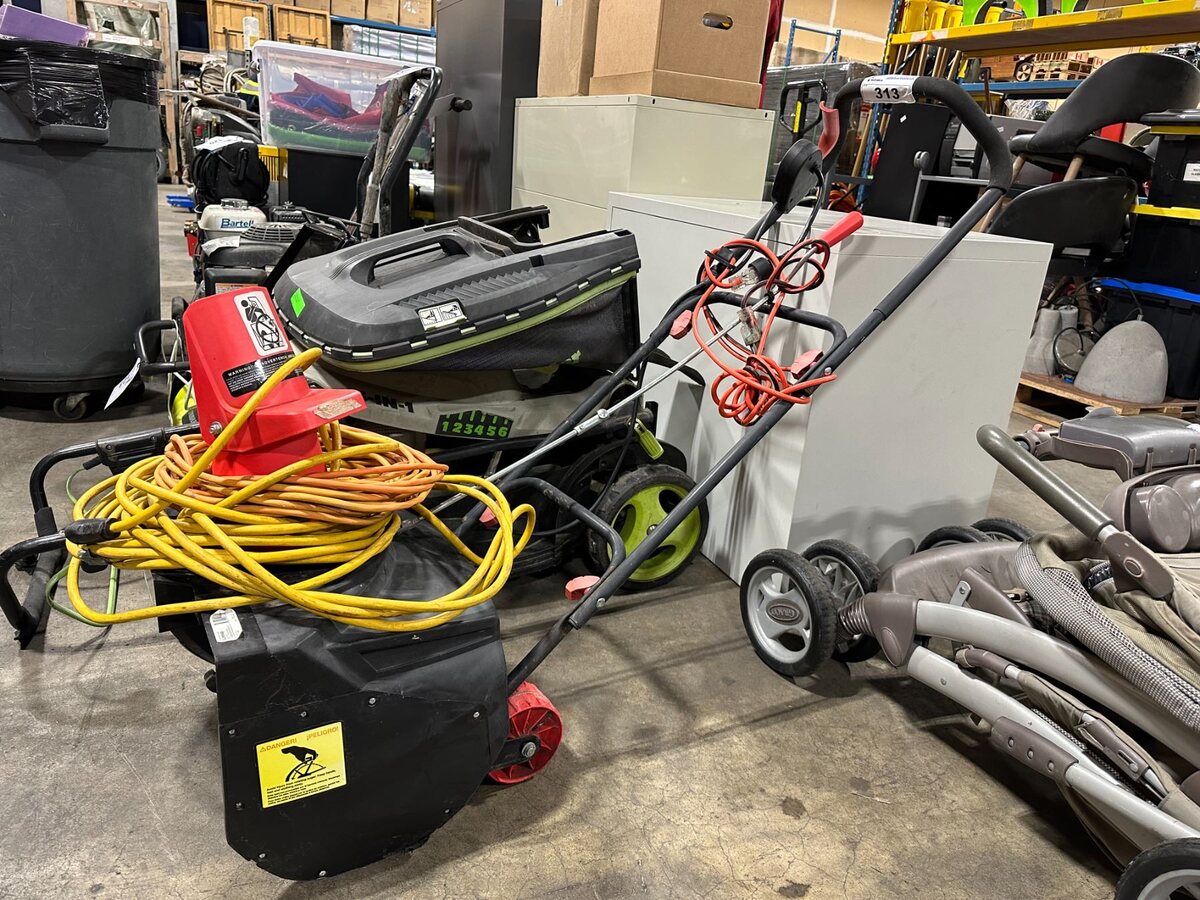
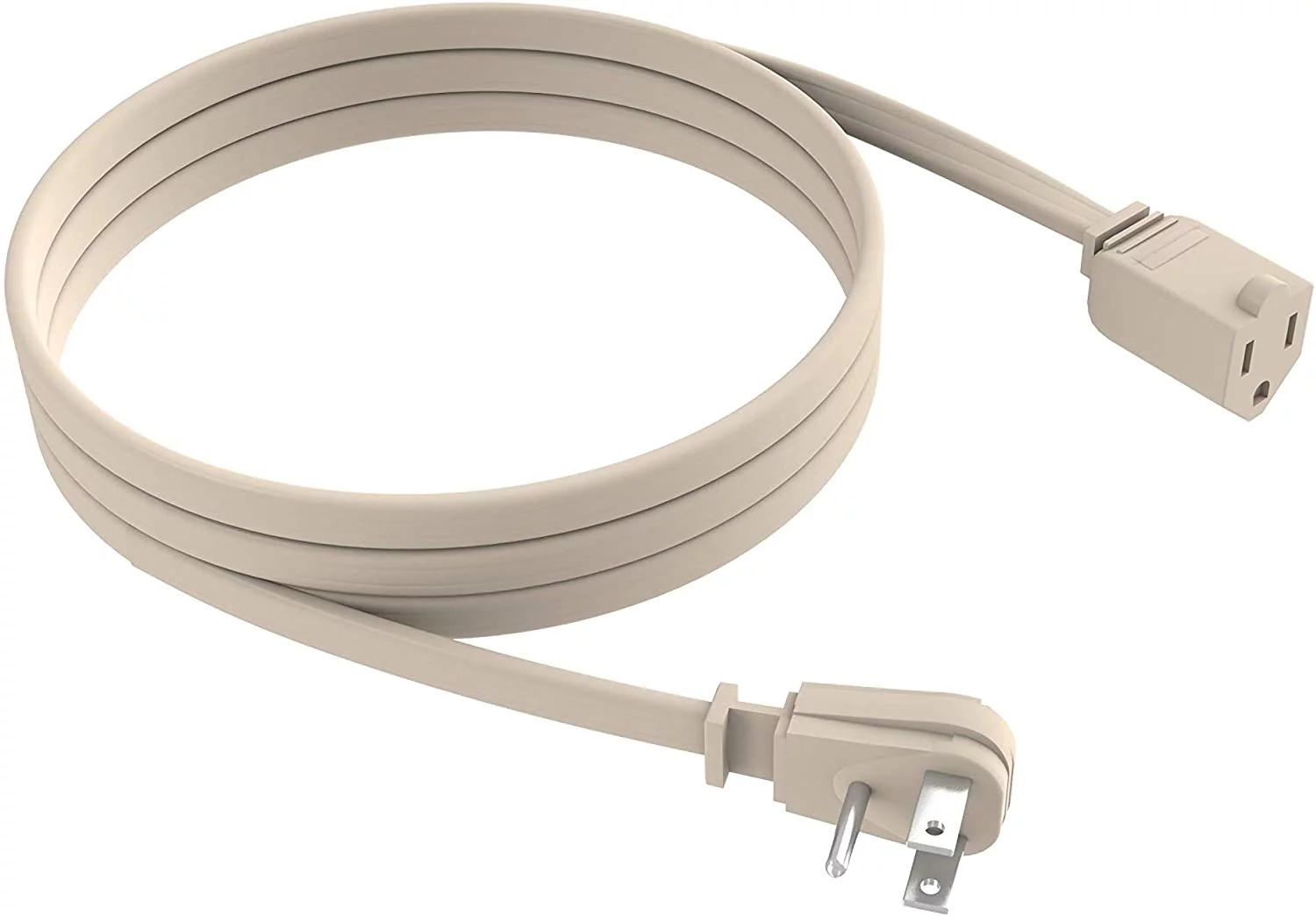
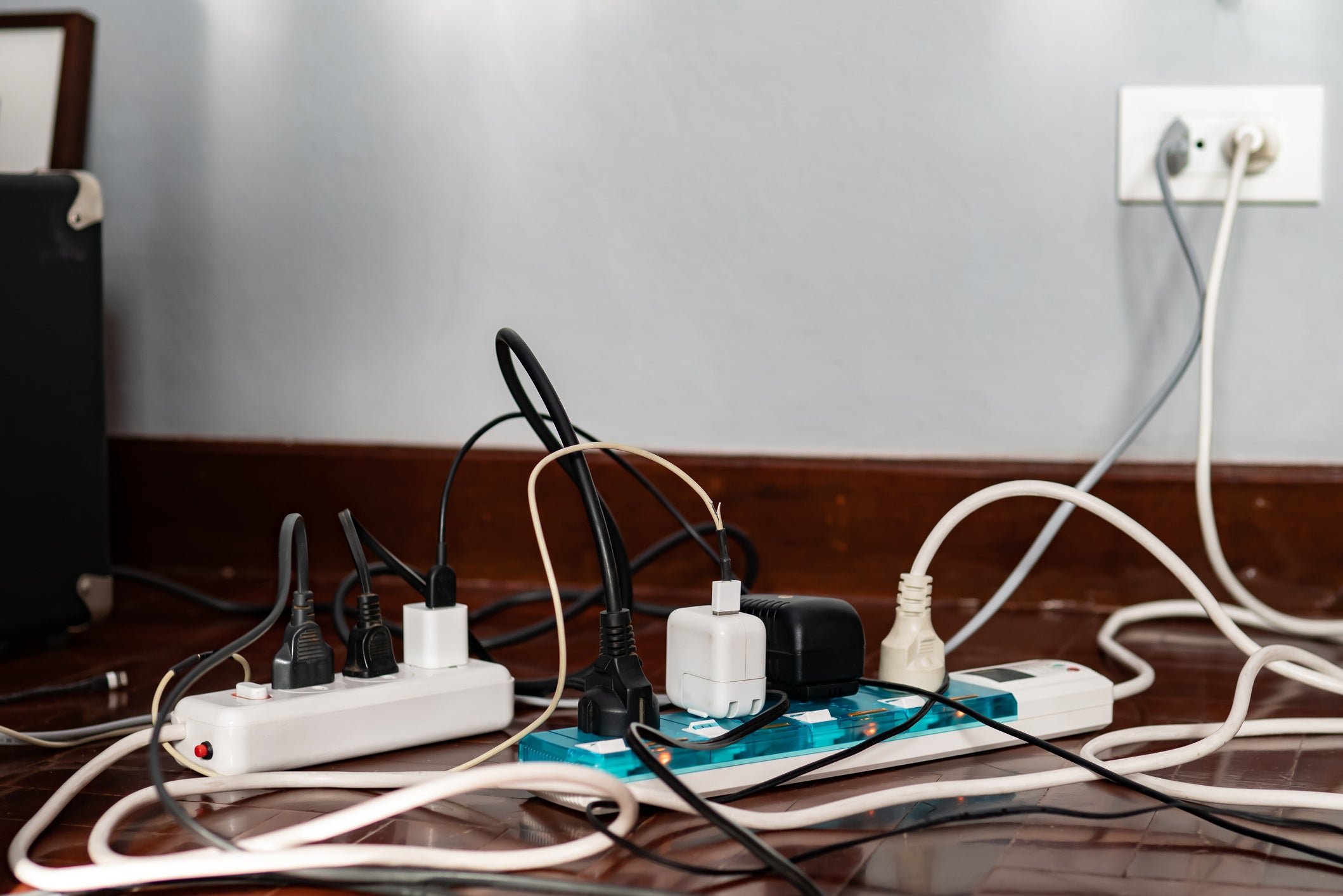
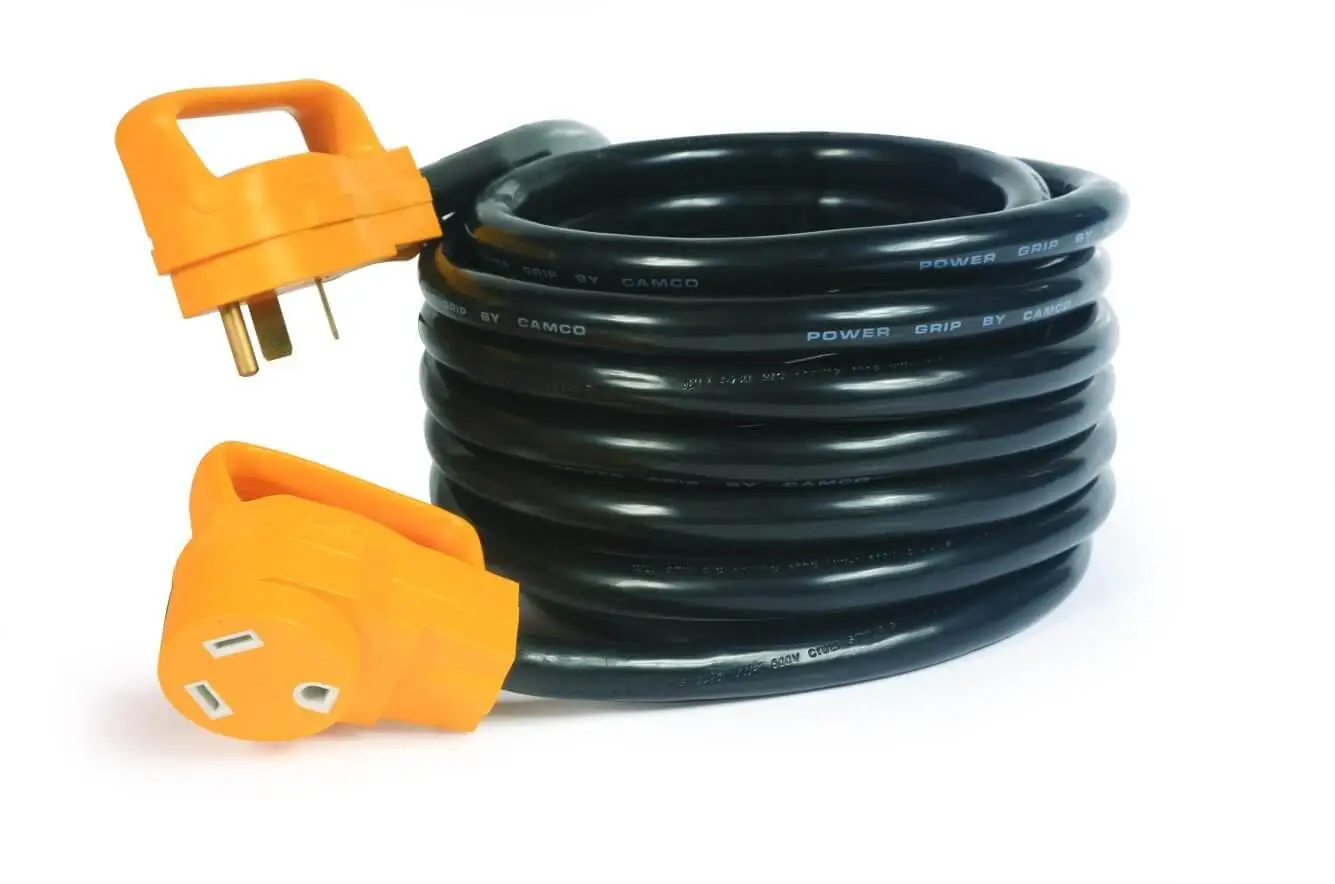
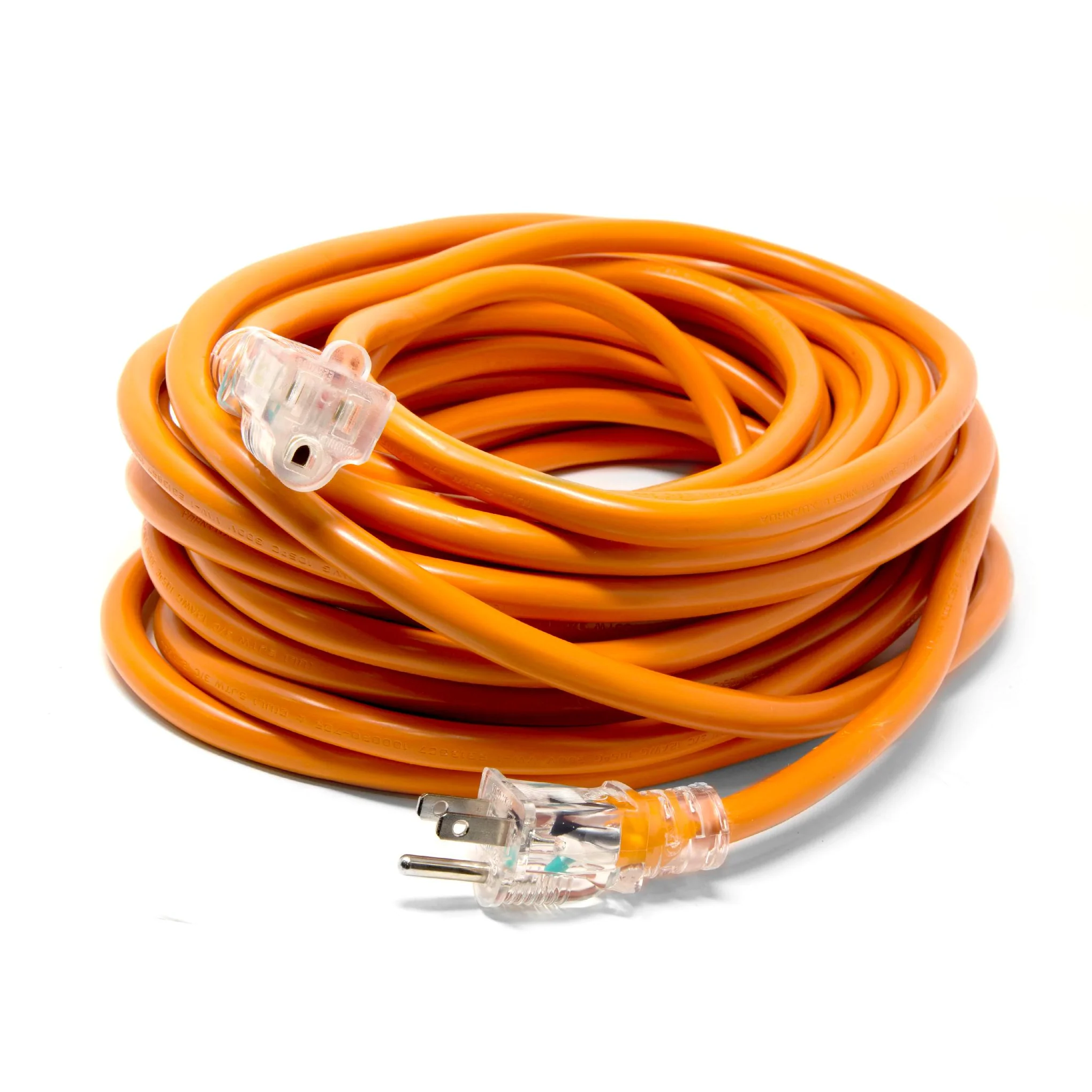
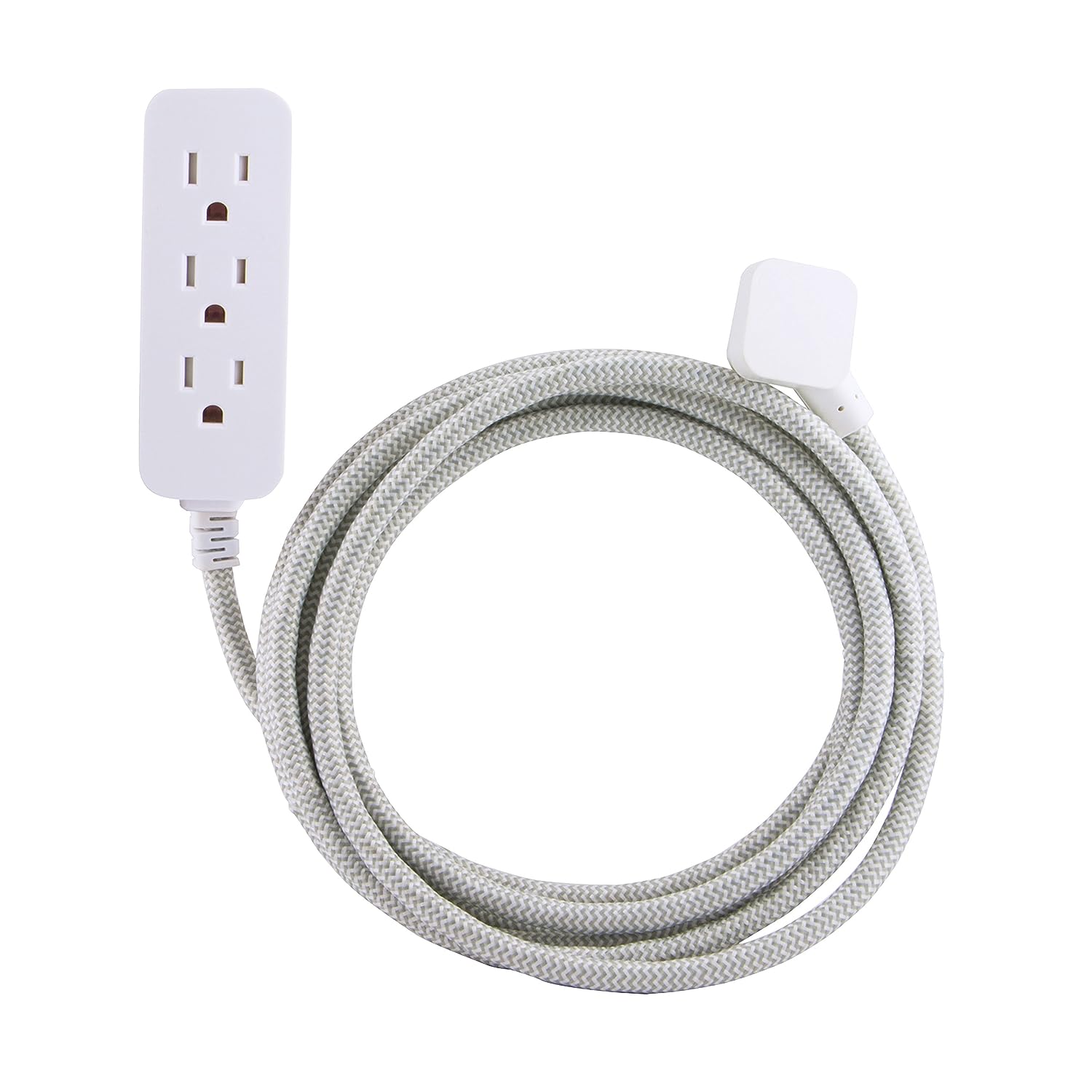
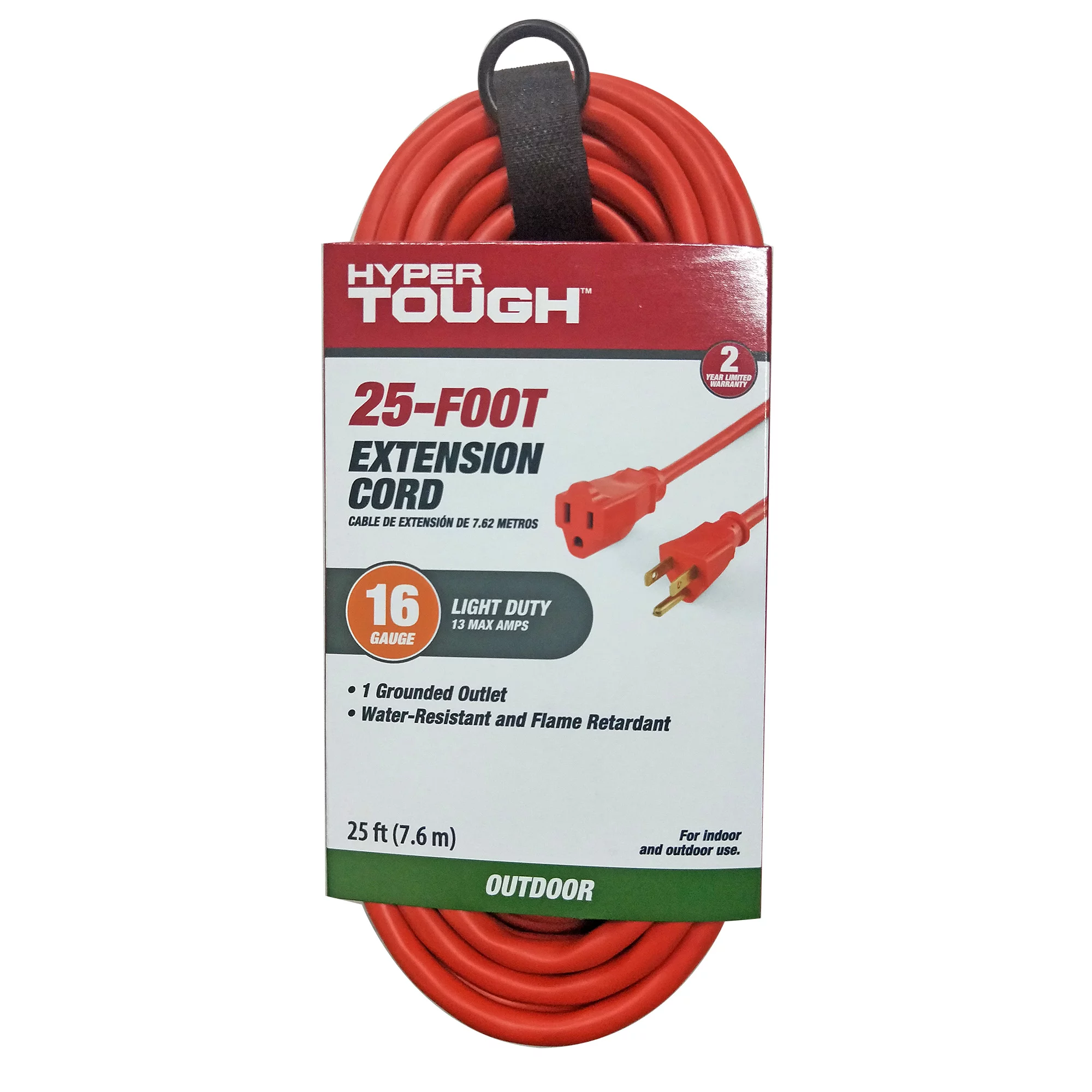
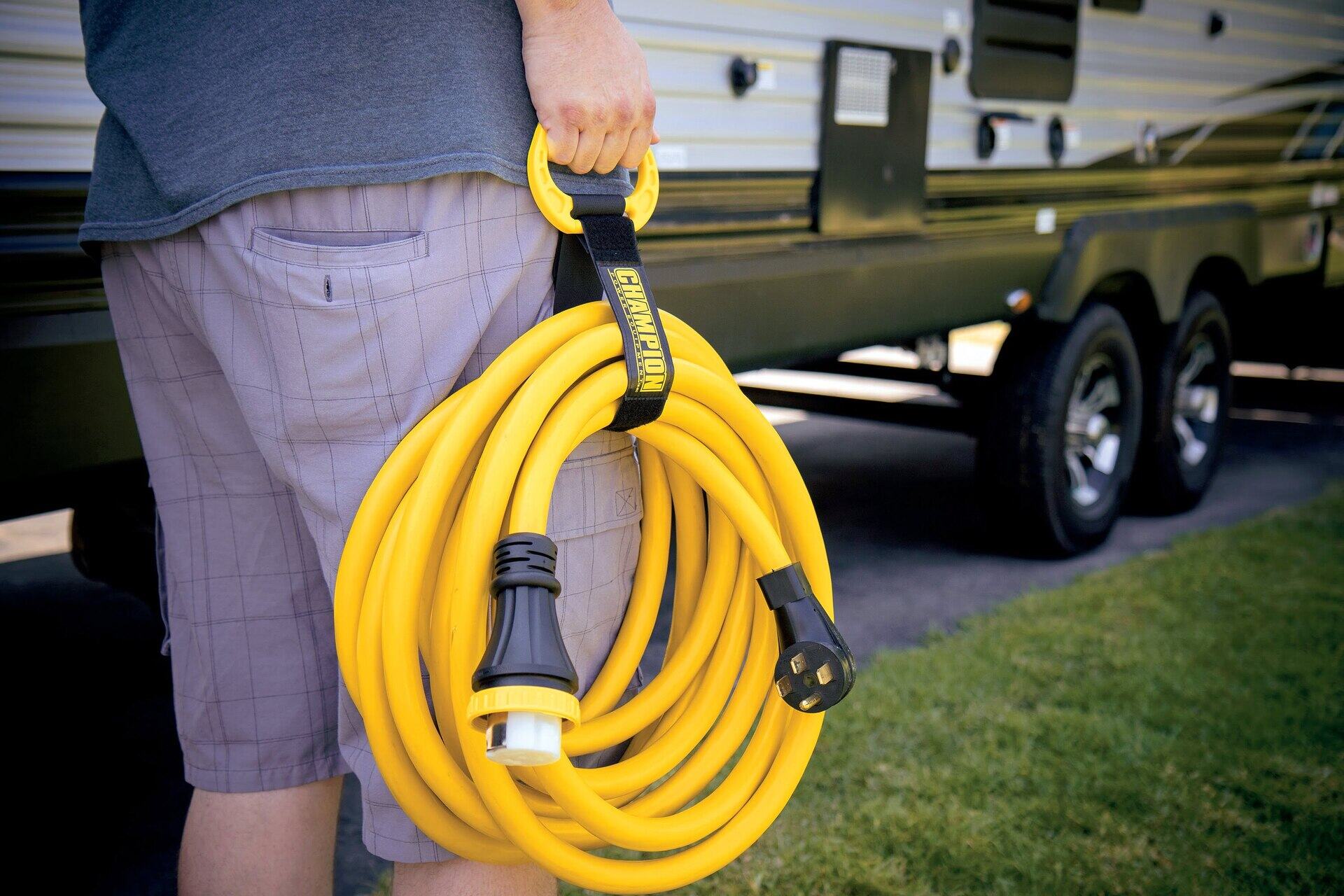
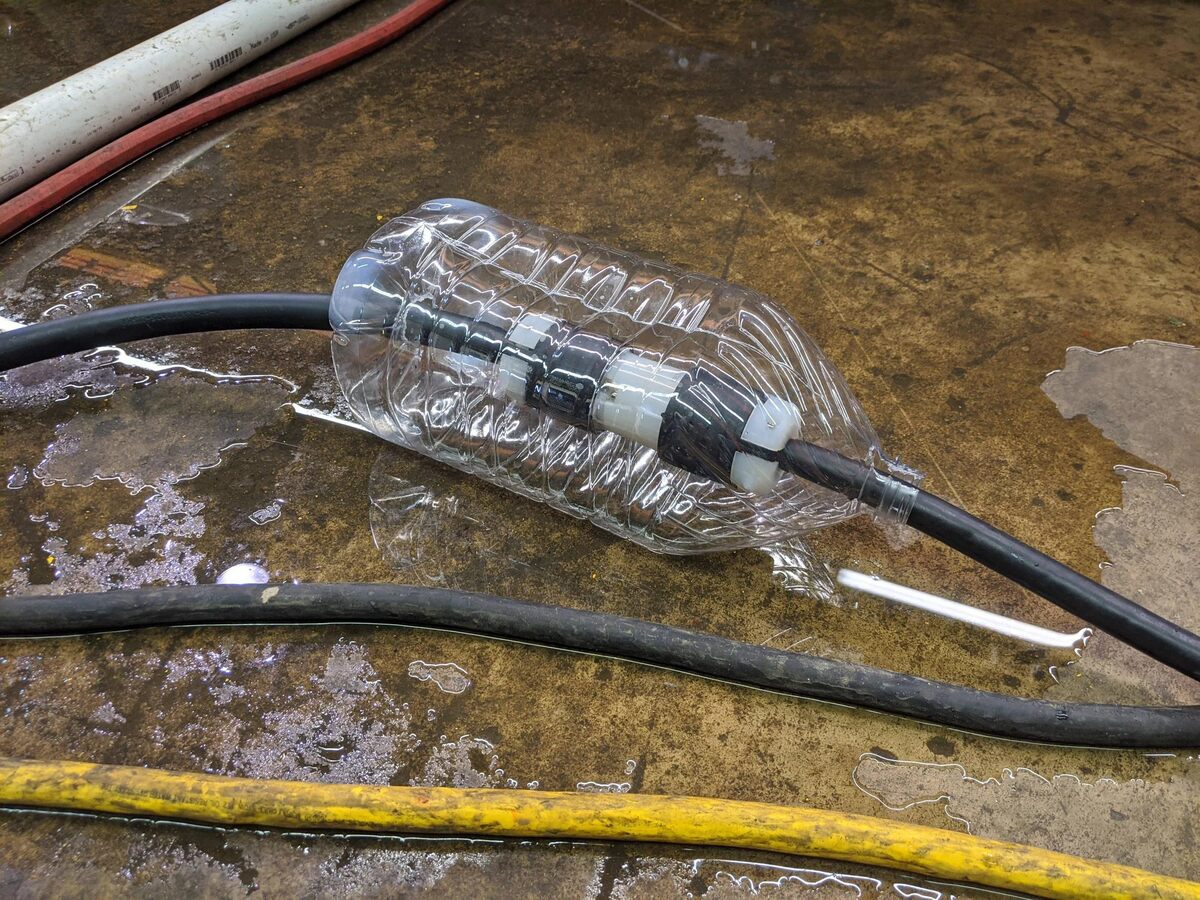
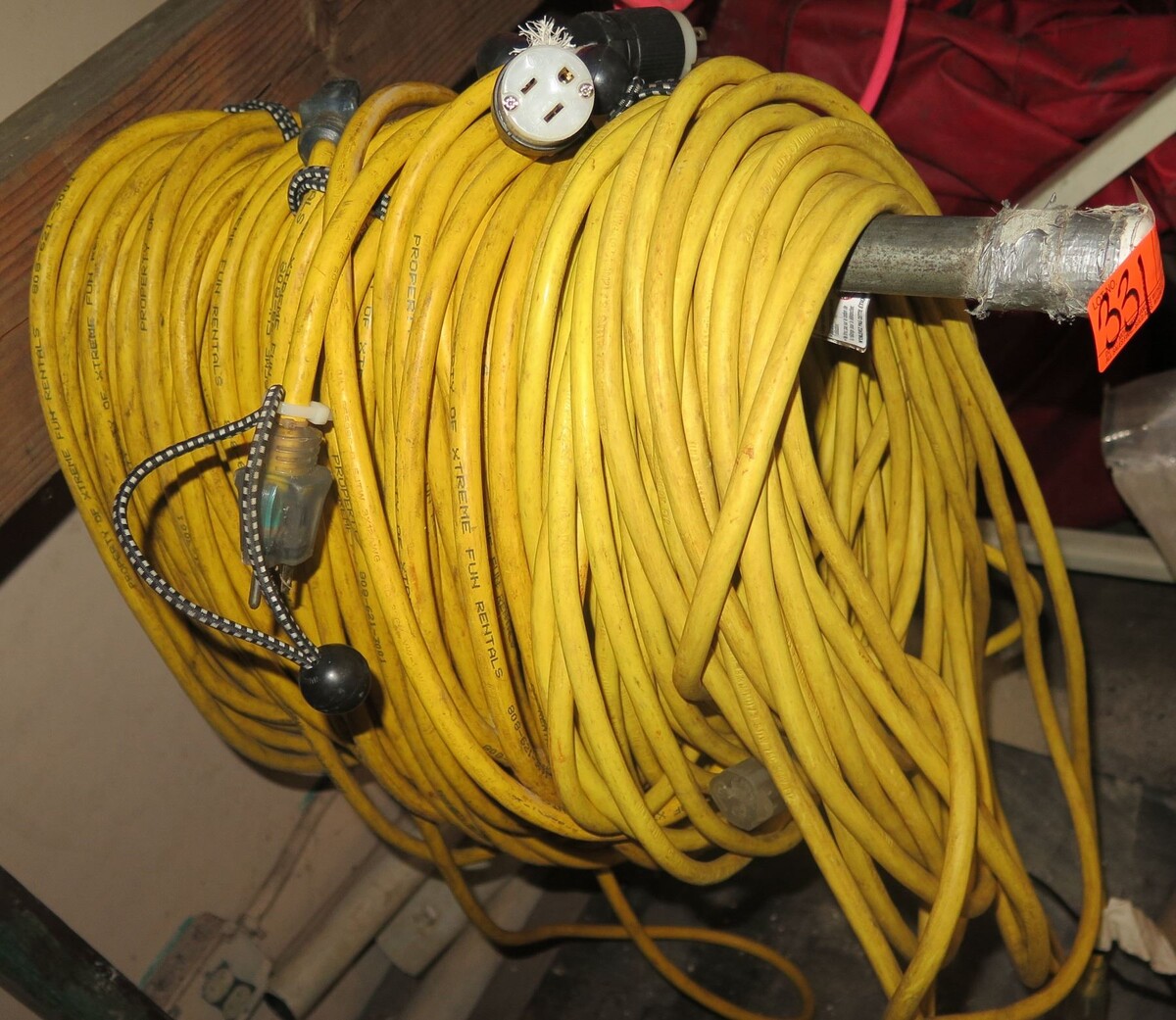
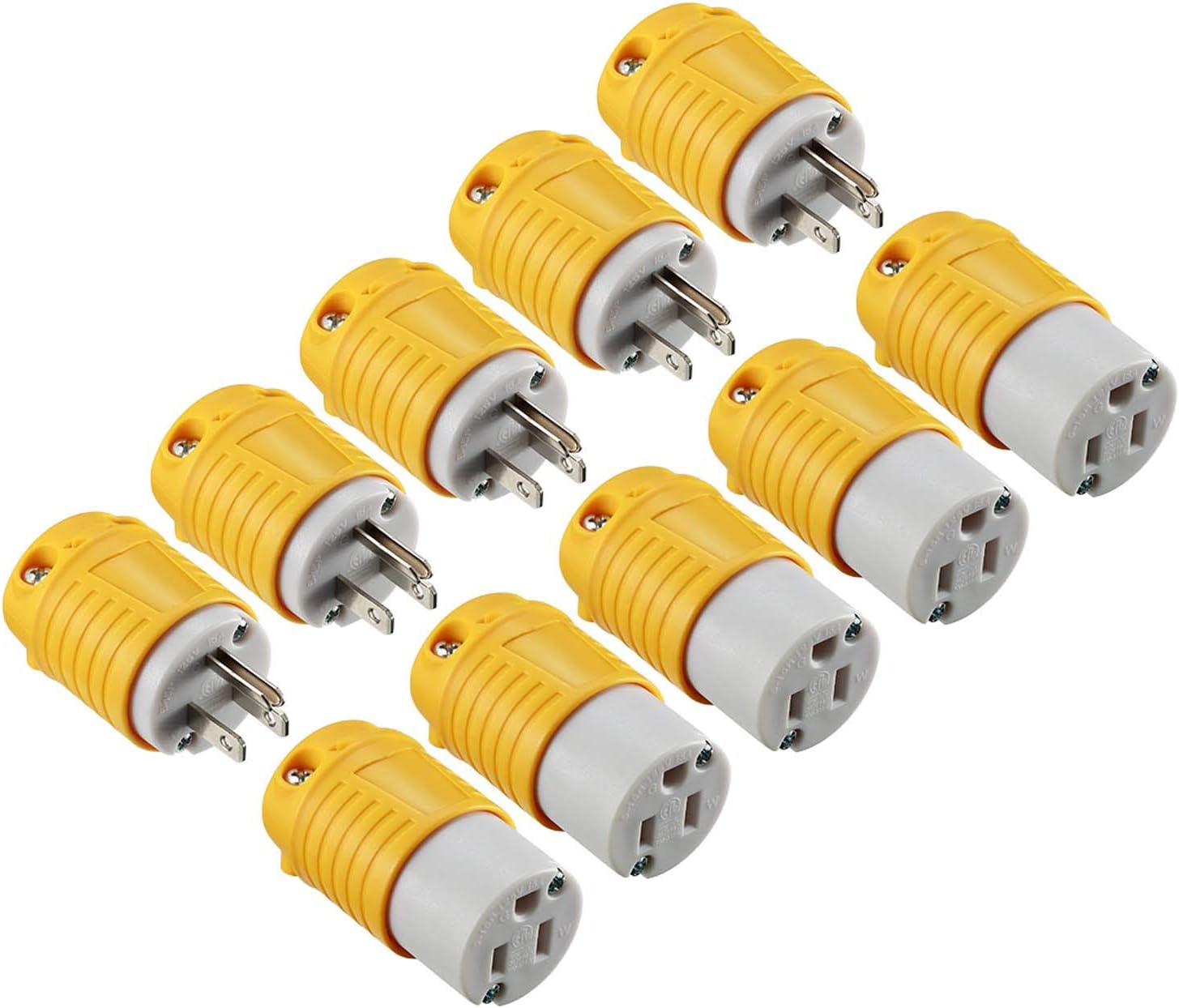
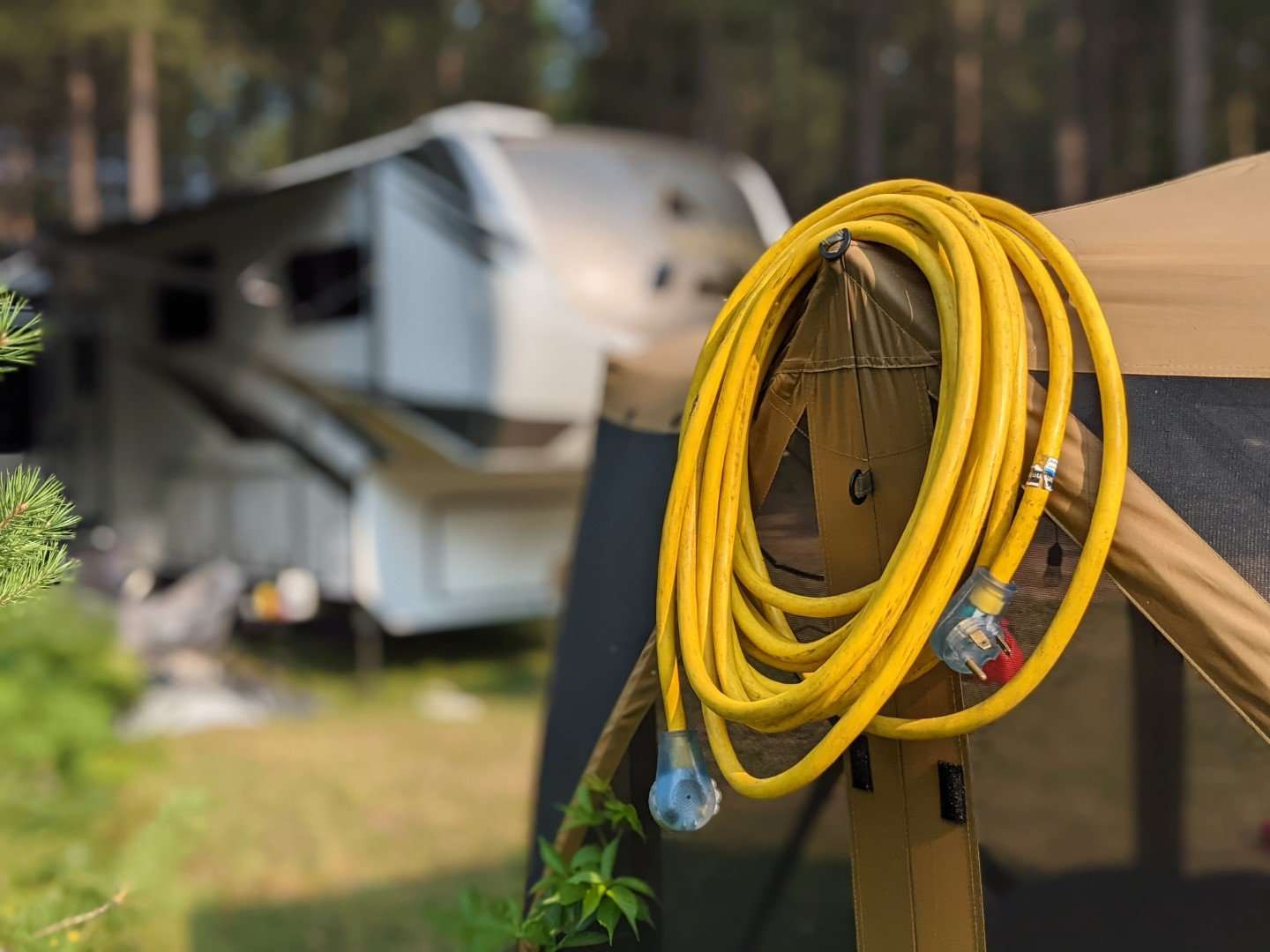
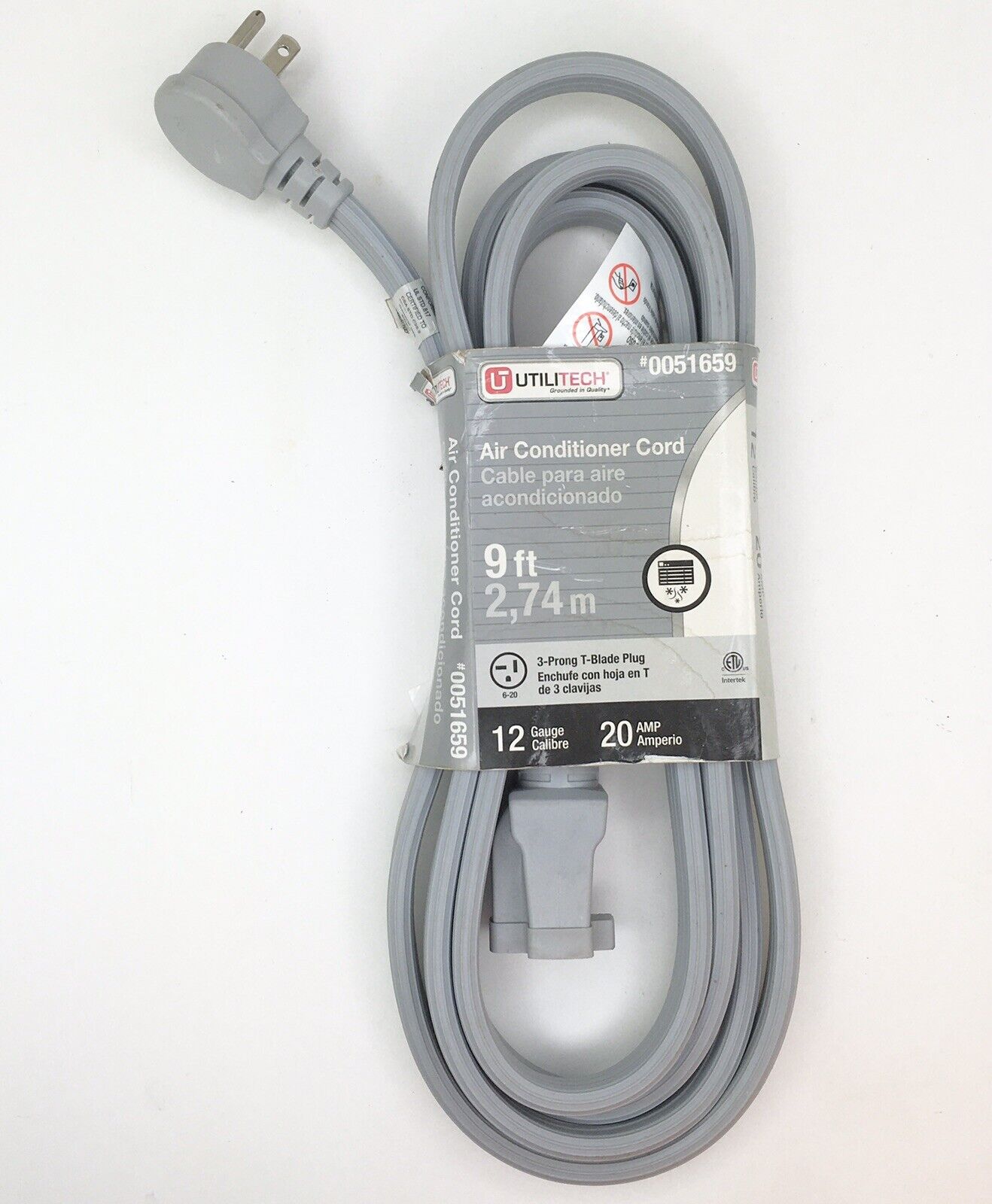
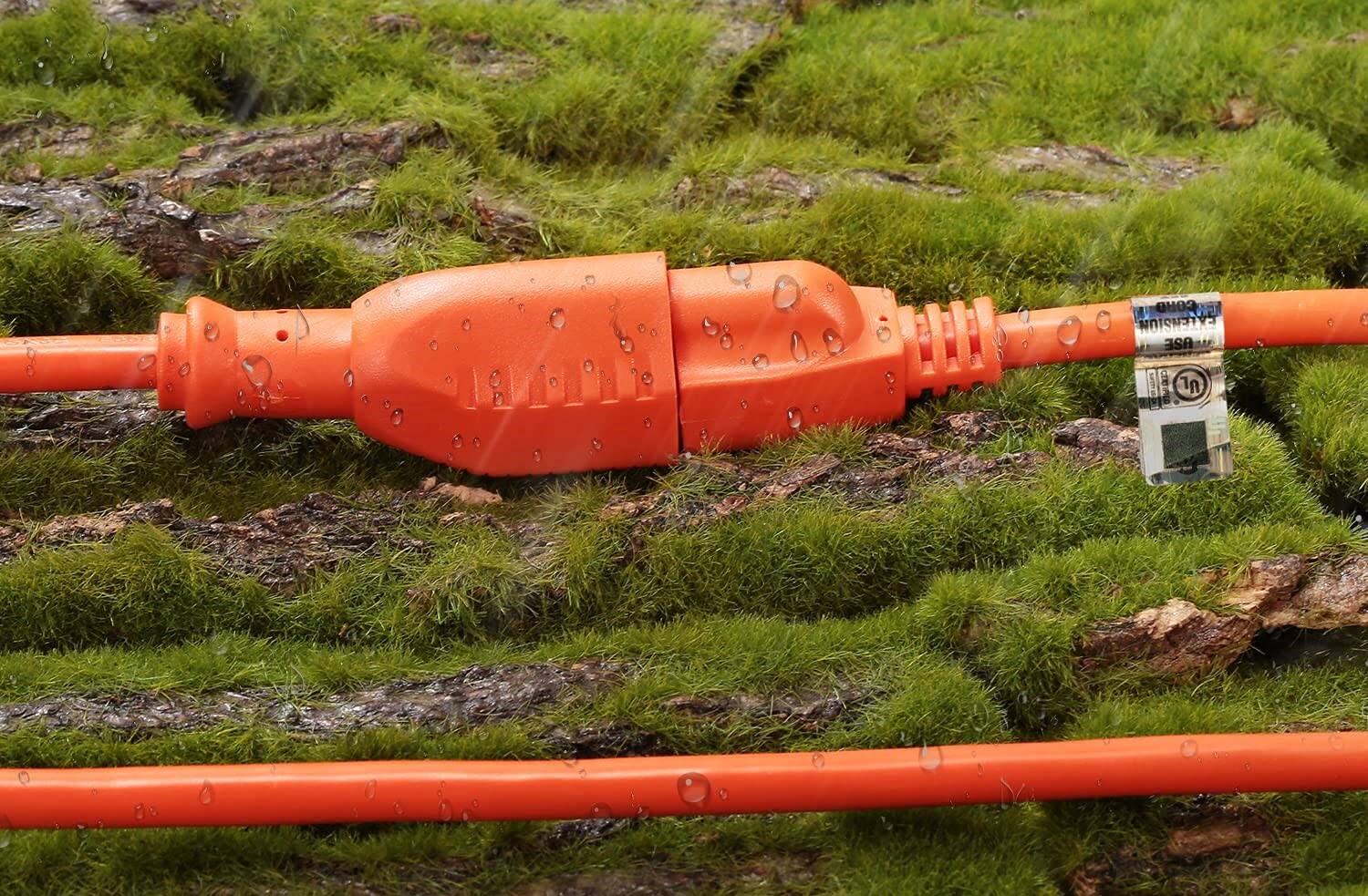

0 thoughts on “What Is Polarized Extension Cord”